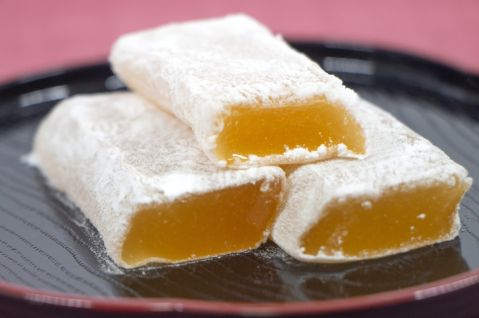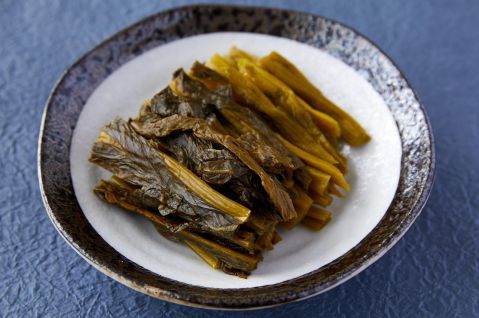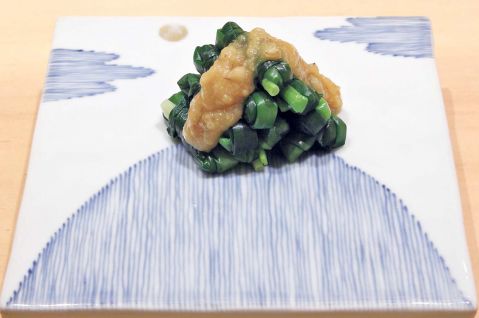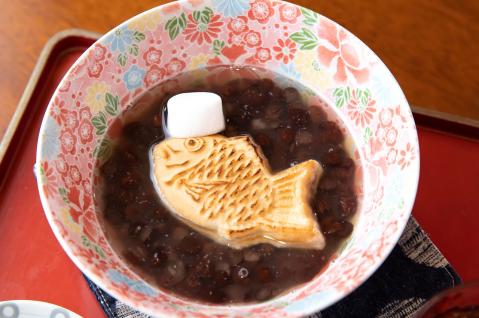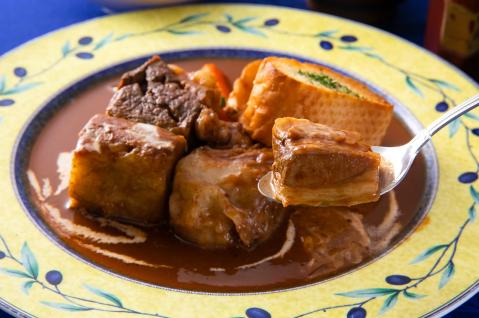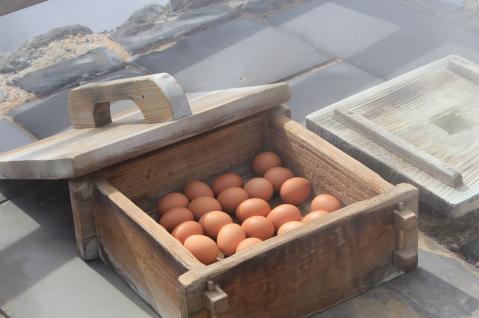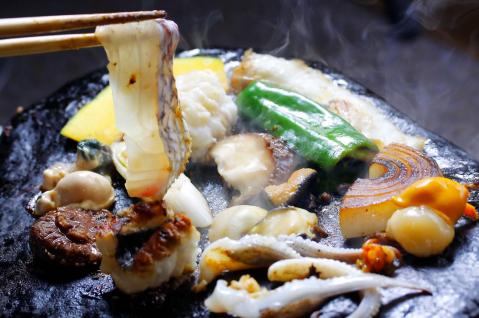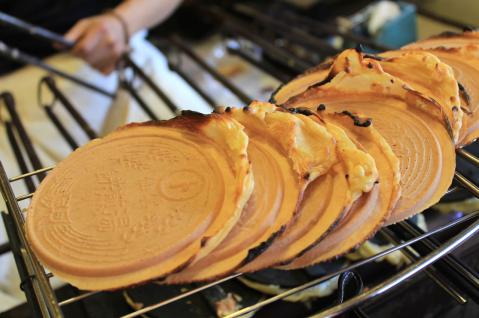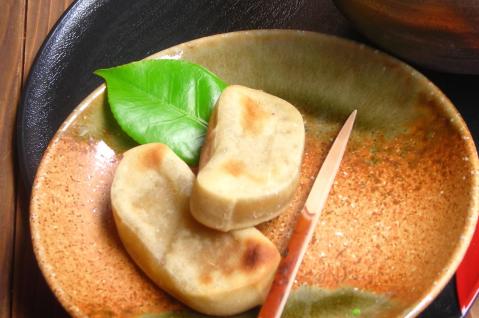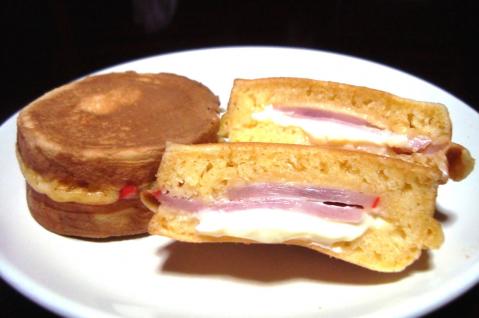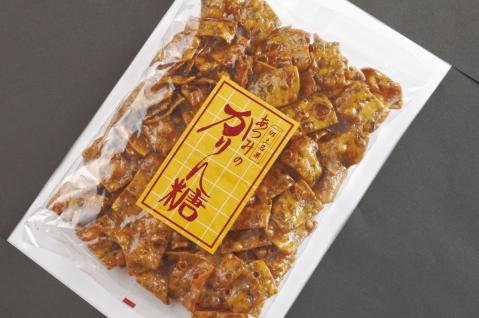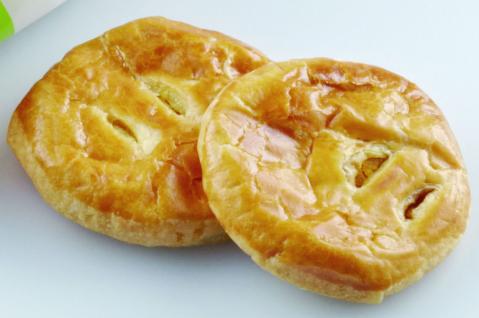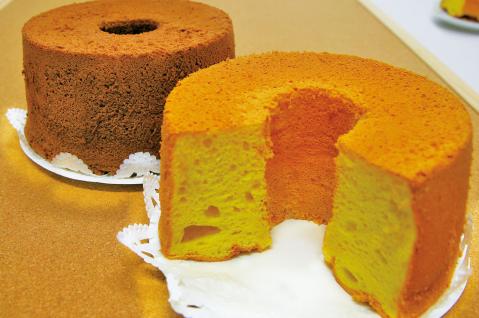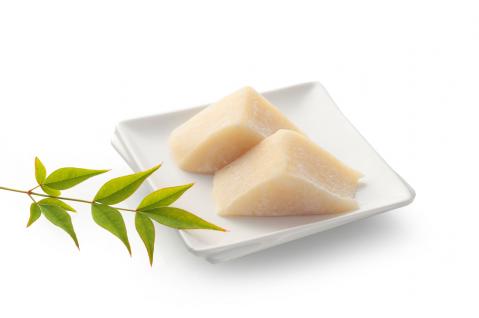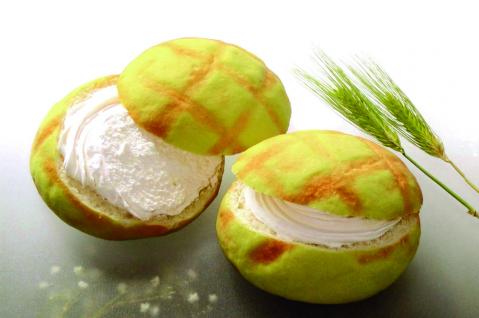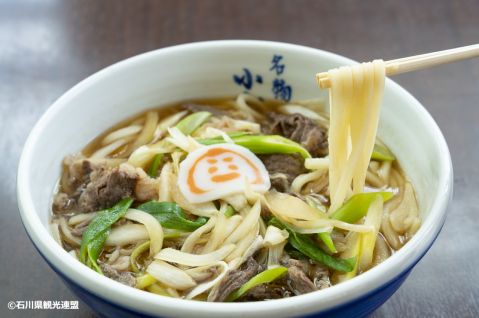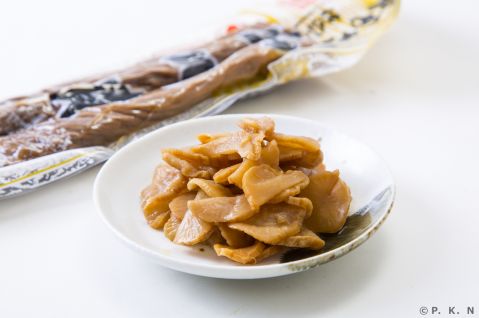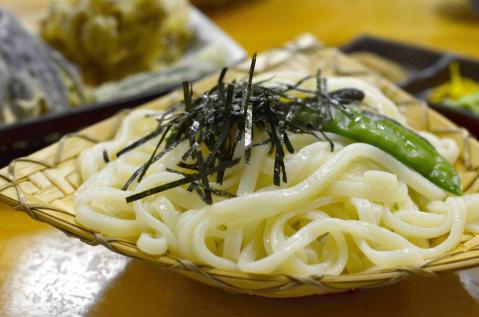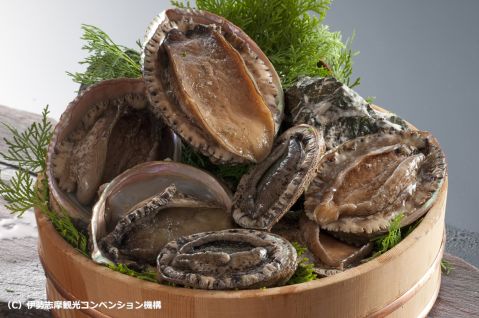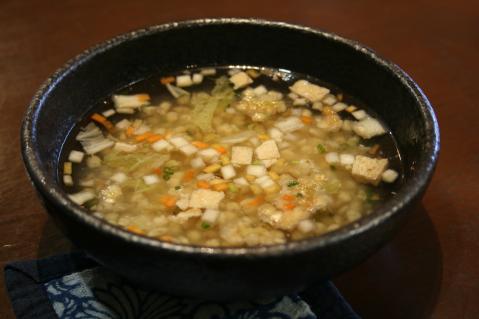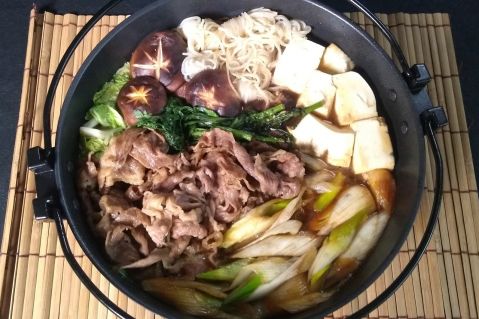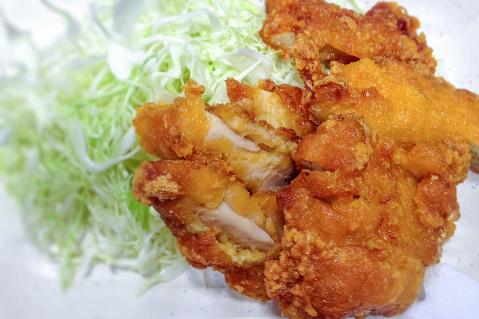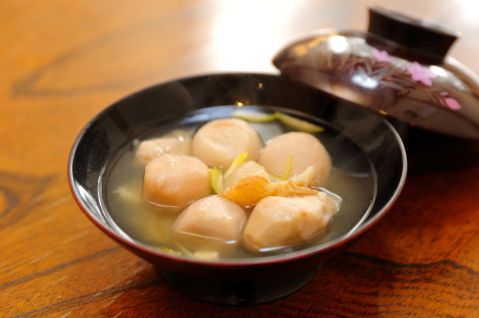Japanese Cuisine - Local cuisine
Cooking Classes in Japan
airKitchen allows travelers from all around the world to book and experience authentic cooking classes. Chose your best cooking class from 1000+ classes.
Chosengame
Chosengame (朝鮮飴, Chosengame) is Kumamoto's oldest and most traditional confectionery. Originally known as "Choseiame" or "Higoame," it earned its current name when Kiyomasa K...
Aso Takana Pickles
Aso Takana (阿蘇高菜, Aso Takana) is a traditional vegetable nurtured by the cool climate and volcanic soil of the Aso region. This mustard green, a variety of the Brassica fami...
Hitomoji Guruguru
Hitomoji Guruguru (一文字ぐるぐる, Hitomoji guruguru) is a unique dish from Kumamoto Prefecture, featuring a local variety of green onions. While commonly referred to as "wakegi...
Nyuko Zenzai
Nyuko Zenzai (入港ぜんざい, Nyuko zenzai) has its roots tracing back to the old Imperial Japanese Navy era. It was said to be a sweet treat symbolizing both gratitude for enduri...
Naval Beef Stew
Naval Beef Stew (海軍さんのビーフシチュー, Kaigun-san no Beef Stew) is a dish rooted in Japan's naval history, famously admired by Heihachiro Togo, the 7th Commander-in-Chief of...
Unzen Jigoku Onsen Tamago
Unzen Jigoku Onsen Tamago (雲仙地獄 温泉たまご, Unzen Jigoku Onsen tamago) are hot spring eggs steamed for 7 to 10 minutes using the natural geothermal steam of Unzen Jigoku, an...
Stone-Grilled Cuisine
Stone-Grilled Cuisine (石焼料理, Ishiyaki Ryouri) is a traditional dish where fresh seafood is cooked on heated quartz porphyry stone. It originated from local fishermen who ...
Kankoro Mochi
Kankoro Mochi (かんころ餅, Kankoro mochi) is a specialty of the Goto Islands in Nagasaki Prefecture. The term “kankoro” comes from the local dialect, referring to thinly slic...
Holland-yaki
Holland-yaki (オランダ焼, Holland-yaki) is a unique local specialty that originated in Yuzawa City, Akita Prefecture. At first glance, it might resemble desserts like Obanyaki o...
Atsumi Karinto
Atsumi Karinto (あつみのかりんとう) is quite different from the typical image of karinto. These bite-sized squares have a rich amber color, are coated with plenty of sesame seed...
Pumpkin Pie
Pumpkin Pie (パンプキンパイ, Panpukin pai) is a handmade treat crafted with care in Ogata Village, Akita Prefecture. The pies are filled with a lightly sweetened pumpkin paste m...
Nono Hana Chiffon Cake
Nono Hana Chiffon Cake (野の花シフォン, Nono Hana shifon) is a delightful chiffon cake made with fresh vegetables and fruits grown in the fertile lands of Ogata Village, Akita P...
Hachiko Sweets
Odate City in Akita Prefecture is the hometown of the loyal dog Hachiko, and it offers a variety of sweets inspired by this beloved figure. These treats are known for their cris...
Butter Mochi
Butter Mochi (バター餅, Bata Mochi) is a sweet treat made by pounding glutinous rice that has been soaked in water overnight, and then mixing it with ingredients like butter, fl...
Friendor Melon Pan
Friendor Melon Pan (フレンドールメロンパン) is a beloved treat with over 30 years of history, cherished for its consistent, delightful taste. Unlike the typical melon pan wit...

